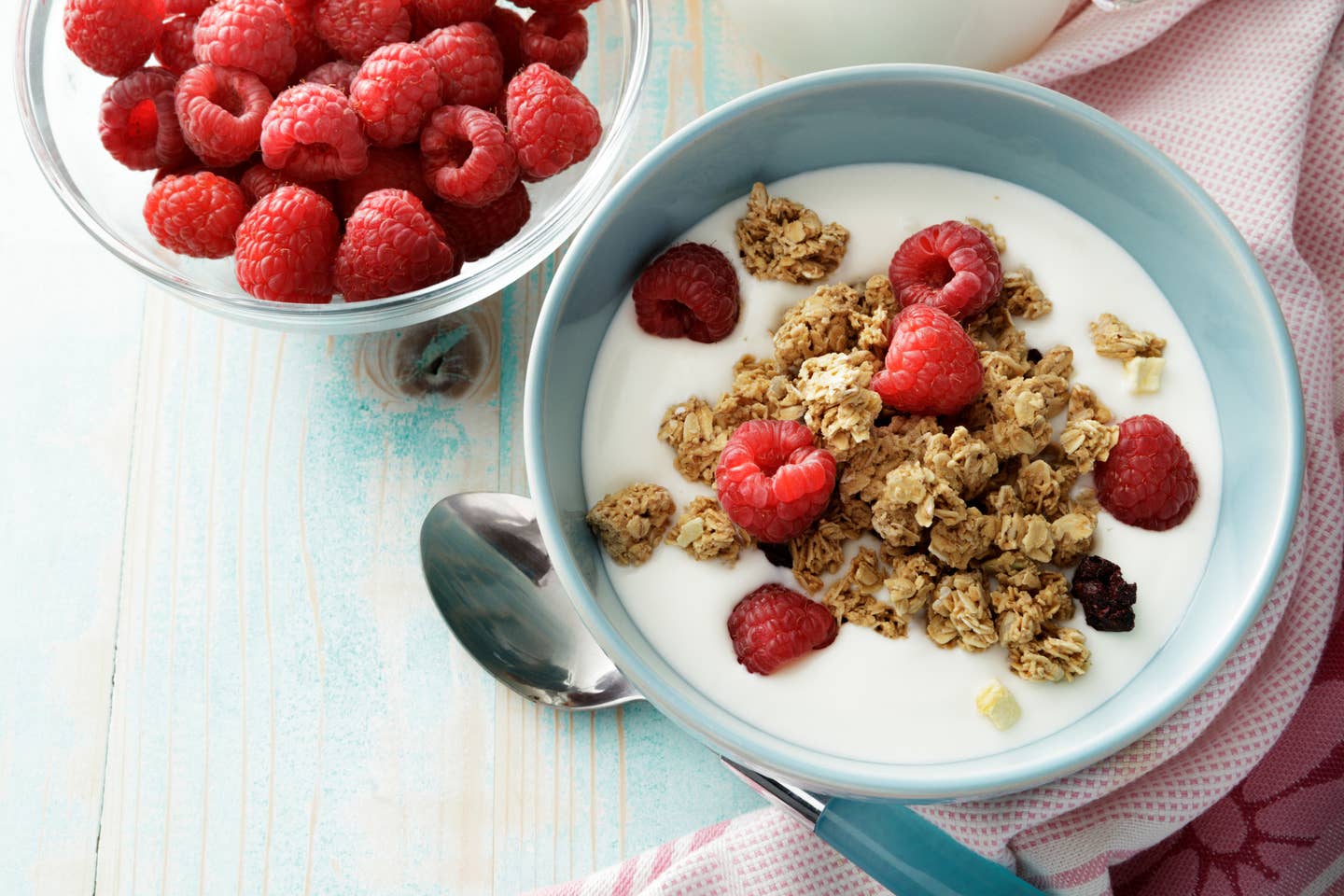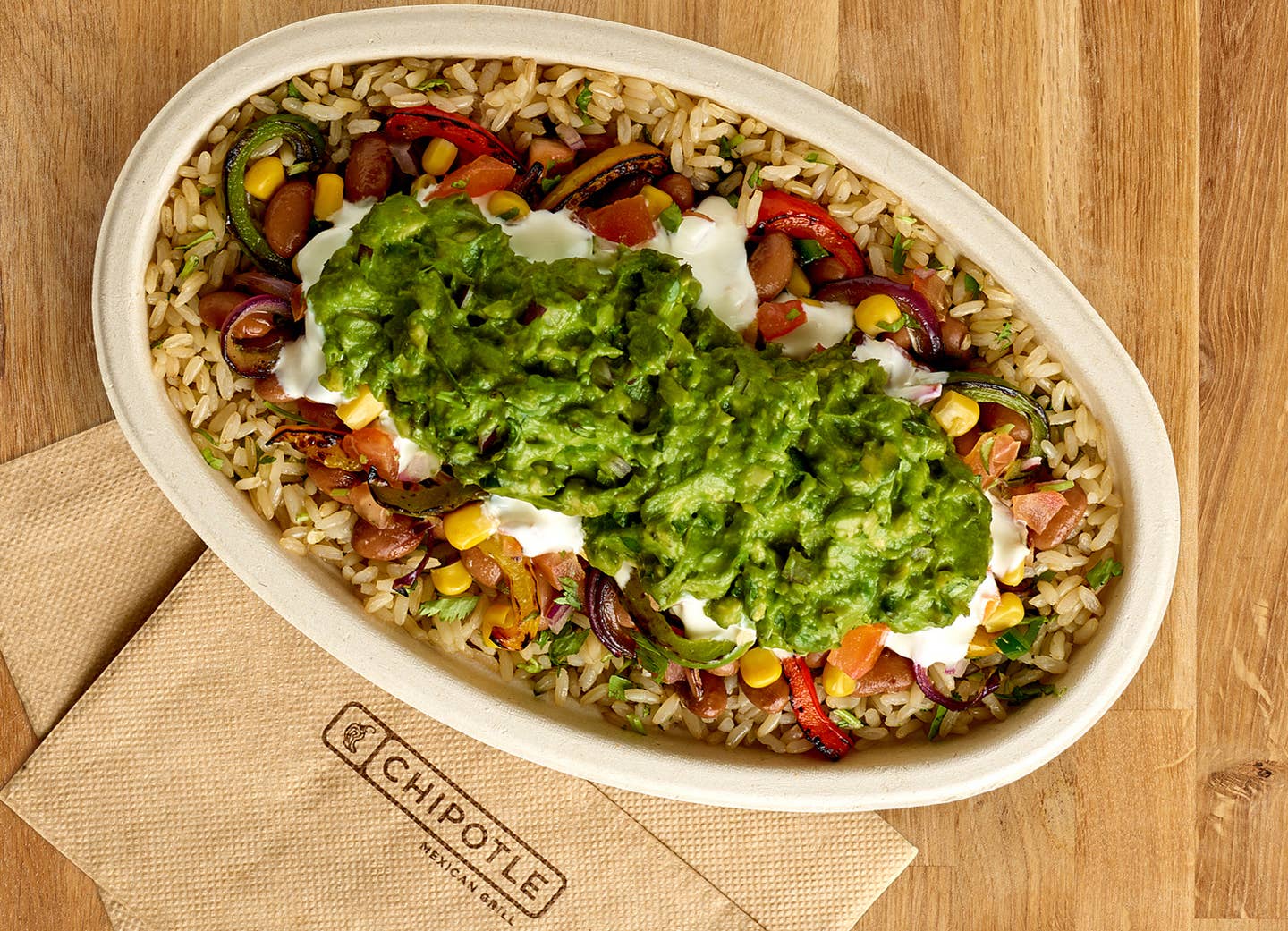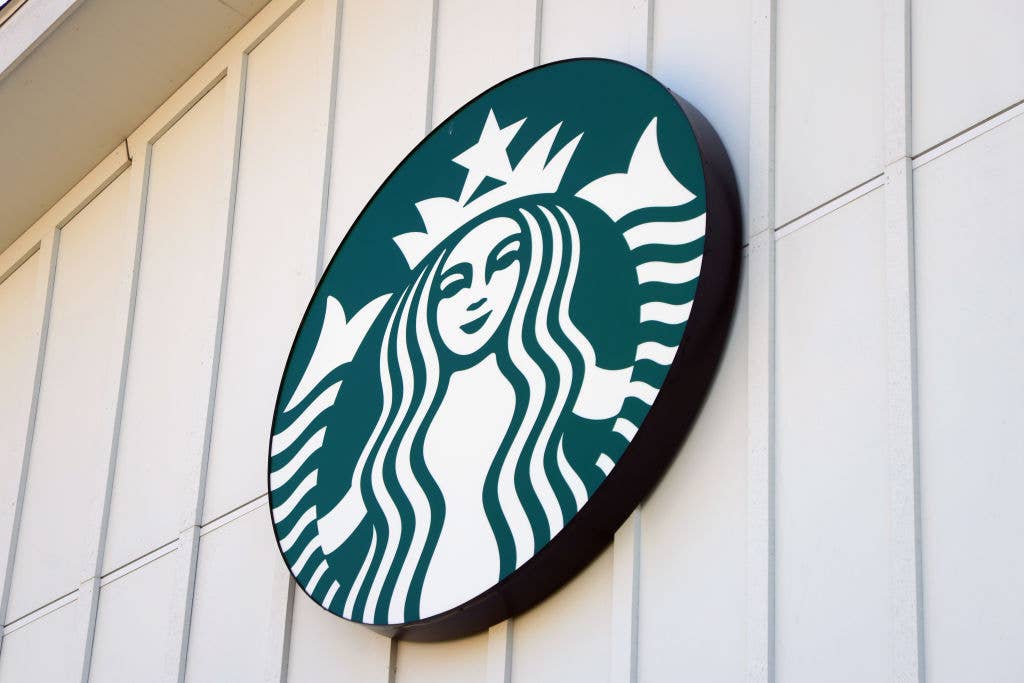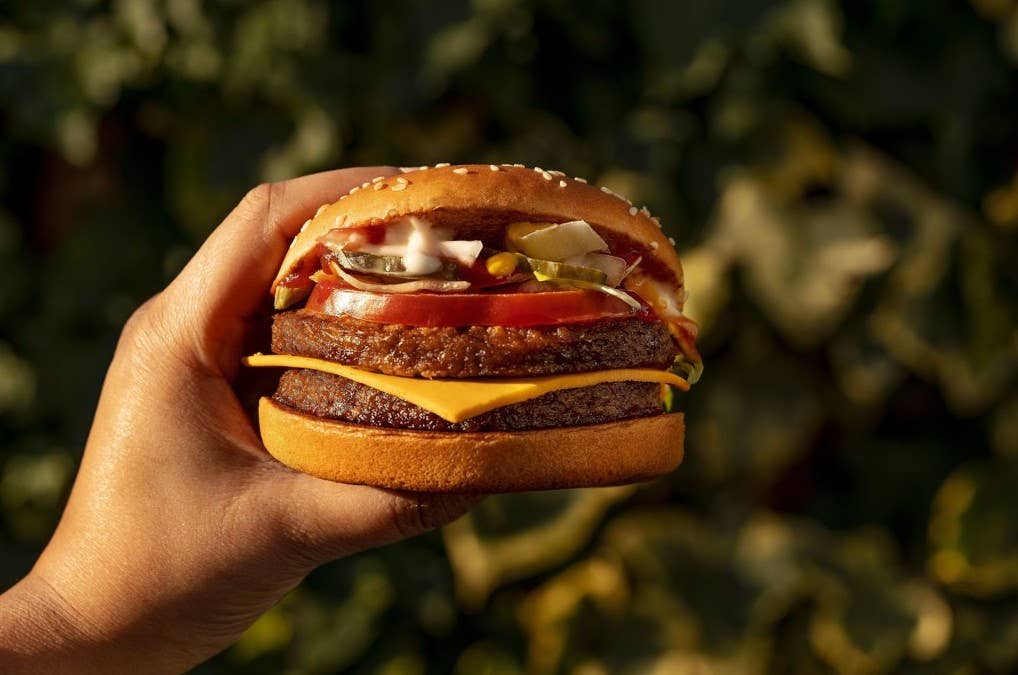
If a Food is Deemed Healthy, Like Granola, You’ll Eat More, Study Finds
Unless you’re hiking up a mountain today, that bowl of granola you had for breakfast probably wasn't the healthy choice you thought it was. Granola enjoys a "health halo" more than most other foods since it's loaded in added sugar and carbs, and some store-bought formulas have as much sugar as a glazed donut (or 1 to 10 grams). Despite the branding of granola as “wholesome” or healthy or “natural” with packaging that features the great outdoors, the federal government’s dietary guidelines currently classify granola as a “grain-based dessert.”
It’s also all too easy to over-serve yourself a “scoop” that’s much larger than the recommended serving size–1/4 of a cup or just 2 ounces–specified on the nutrition label. Granola’s standard ingredients, usually oats, dried fruit, and nuts, held together by a syrup, make it calorically dense; so if you’re pouring yourself a serving that’s closer to a cup, or an average bowl, your “healthy breakfast” could easily take up half of your daily calories.
Granola’s marketing as a “health food,” despite its calories and added sugar, give it a “health halo" so-called because it tends to be perceived as a "good" food that is much healthier than the reality (which is to say it's human like the rest of us). The health halo effect can lead people to over-indulging in what they perceive to be healthy foods, according to a study, since we think we can't have too many calories if a food has been dubbed “healthy.”
Already suspiciously eyeing the granola box in your pantry? Know this: There are some genuinely healthy options, as long as you know what to look out for at the market. One such key ingredient is fiber and the other one is protein since -granola is made with oats, seeds, and nuts and without the added sugar can be a wholesome start to the day (especially when paired with plant-based milk which adds even more protein to the meal.
What to steer clear of: Formulations loaded with added sugar, which has been linked to weight gain, elevated blood triglycerides, and increased heart disease risk. And because there are nearly endless names for added sugar, your best bet is to avoid any brands that include processed ingredients you wouldn’t find in your kitchen.
Look for less than 10 grams of sugar on the label, and when comparing labels be sure they each have the same serving size, otherwise you're stuck doing the math to compare 1/3 of a cup to half a cup, which can be fun when you're in third grade and studying fractions.
One rule of thumb: Try to find one with the same number of grams of fiber, sugar and protein. Bear Naked Fit Triple Berry Granola achieves this, and with 100 calories per 2 ounces, is a good bet for a snack or breakfast option. Kind's Dark Chocolate Whole Grain Clusters goes one better: it has 2 grams of fiber, 3 of sugar and 5 of protein, but you are still looking at 18 grams of carbs per 1/3 cup serving. When you find one with less sugar than fiber or protein, like Low Carb Keto Nut Granola (2 grams of fiber, 1 gram of sugar, 5 grams of protein) you may want to order by the box.
However, if you’re committed to making your granola as healthy as possible, your best bet is to make your own. For a healthy, oil-free option try the Sweet Potato Spiced Granola, which gets its sweetness from maple syrup and, sweet potatoes. If you’re a chocolate lover, try this recipe of Cacao infused granola with rolled oats, or try this apple cinnamon granola with just 3 grams of sugar to start your day off right. With these options, you can be assured you’re making a healthy choice; no “halo” is needed.
More From The Beet






